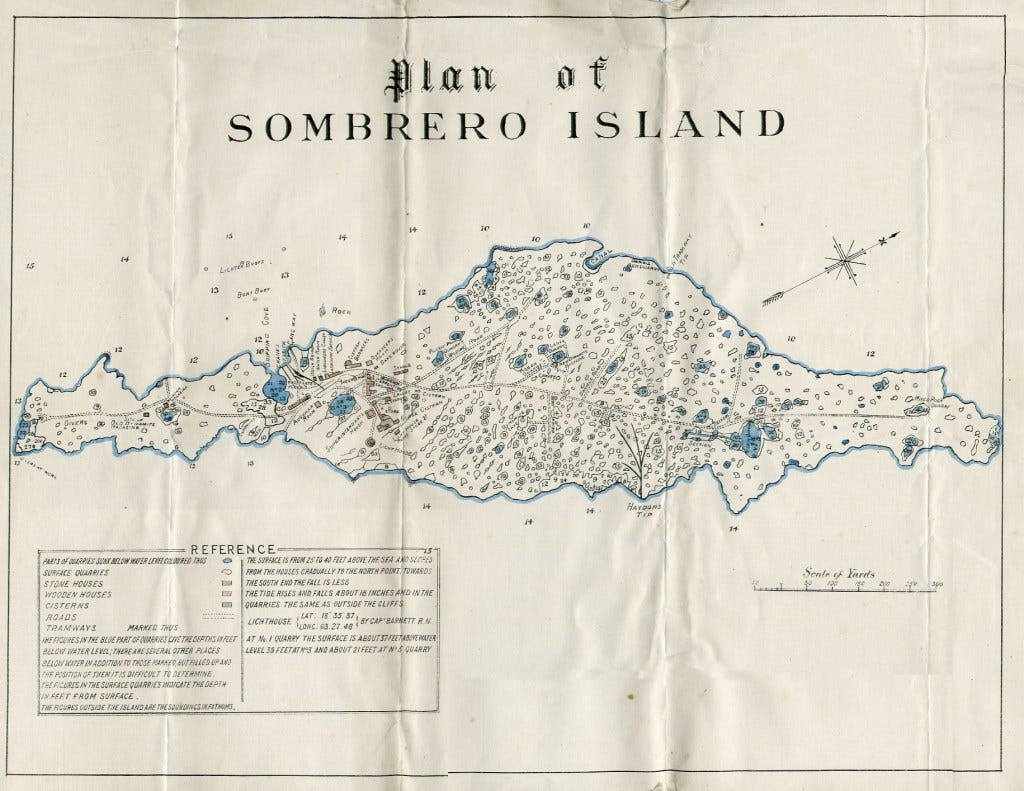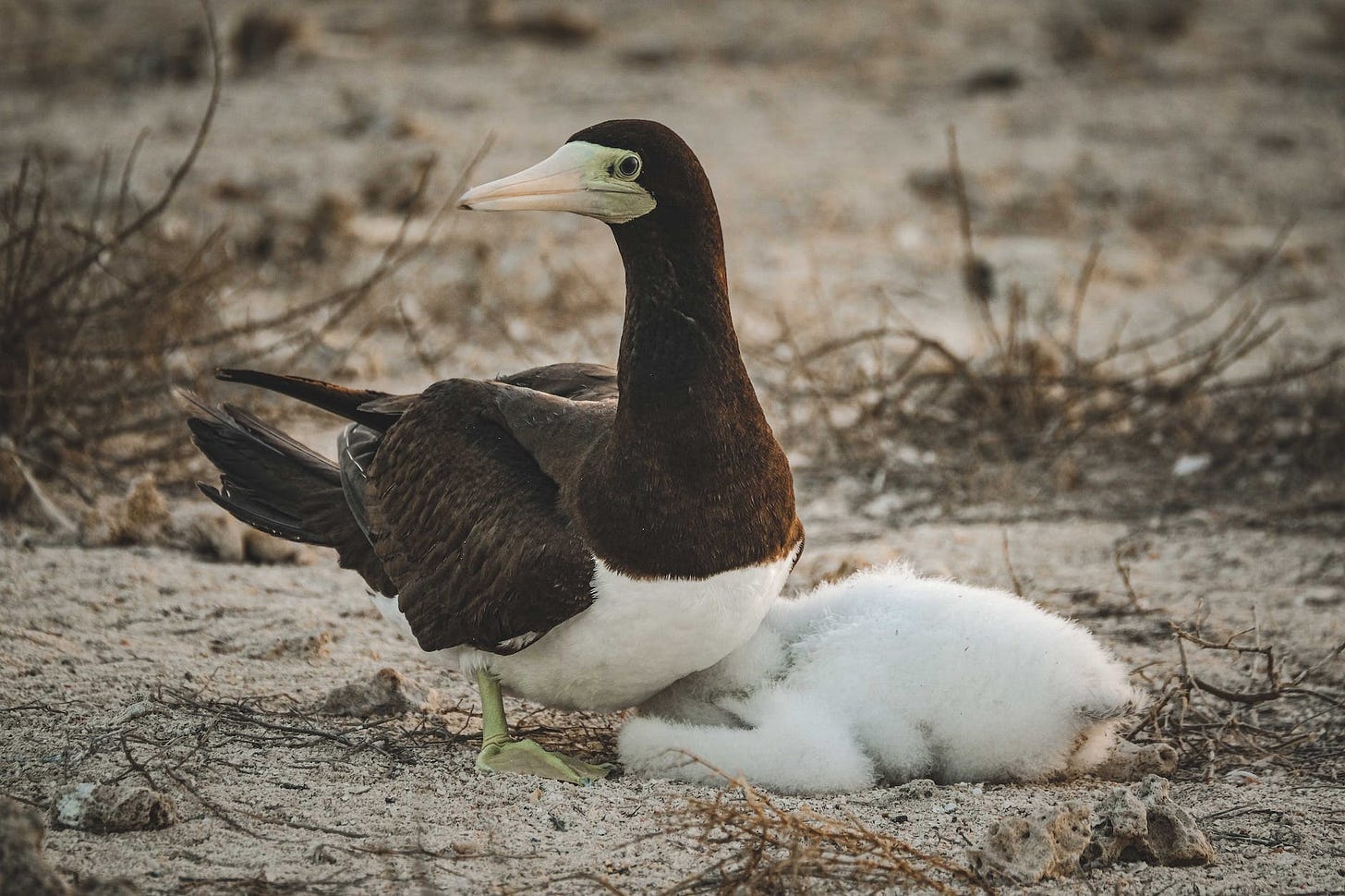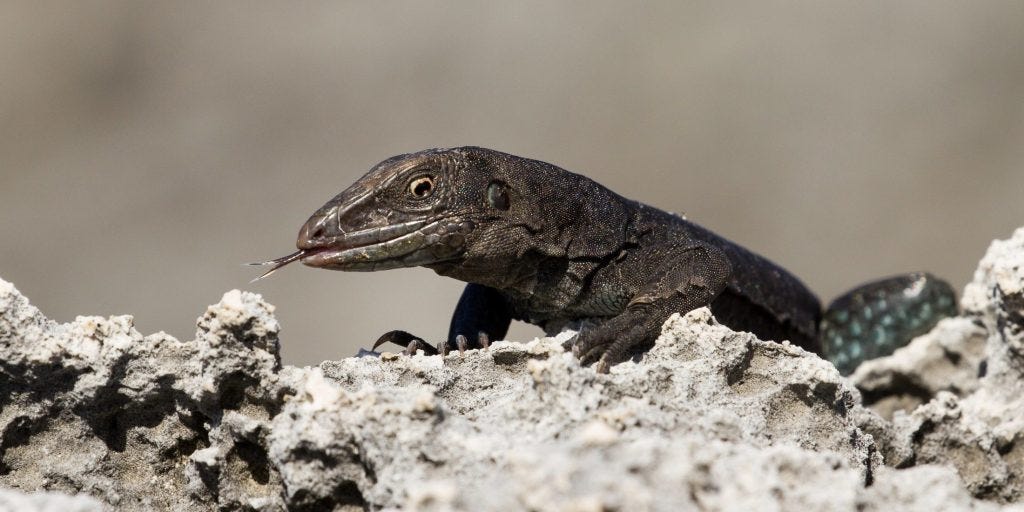Island lizard gets its home back; multiplies eight-fold
The Sombrero ground lizard is taking advantage of its new mouse-free home in the Caribbean by having babies. Once numbered at 100, the lizards have multiplied to over 900 after mice were eradicated on Sombrero Island in 2021, according to Flora & Fauna, the nonprofit that partnered with the community of Anguilla, the Anguilla National Trust, and Re:wild on the island’s restoration.
With mice gone, the island’s seabirds — boobies, terns and noddies — are also more free to reproduce.
Sombrero, so named because of its hat shape, is now uninhabited but was once heavily occupied and mined for guano. With 94 acres of land, it lies 40 miles north of Anguilla, but has no beach.
Every few years, the island has been wracked by severe hurricanes, which reduced the ground lizard populations significantly. Organizers are hopeful that restoring the native plants once ravaged by mice will help the island’s resilience against catastrophic hurricanes.

“The vegetation restoration is about establishing a more secure future,” said Anguillan conservationist Devon Carter, a research assistant with Anguilla National Trust. “The more diversity you have in terms of the vegetation, the more resilient it will be to a changing climate. Already, the island is looking greener and healthier. In the future we hope to see a whole different landscape and much more wildlife.”
The Sombero project is just one of more than 30 successful offshore island restorations carried out by Fauna & Flora and Re:wild and their wide network of local partners, all of which have swiftly led to impressive improvements in vegetation cover and the recovery of numerous native species.






